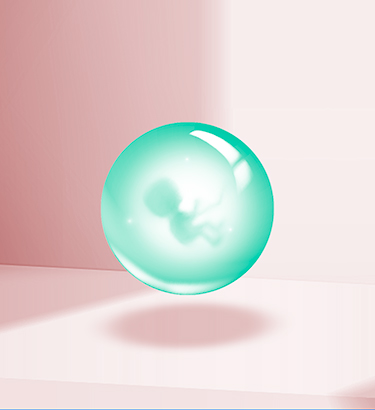Your reproductive sexual health affects more than just sex and fertility, and vice versa, more things go into reproductive health than sex and fertility. Consider the life stage you're in and preexisting conditions that might cause issues.
"Reproductive health implies that people are able to have a satisfying and safe sex life and that they have the capability to reproduce and the freedom to decide if, when and how often to do so," stated the World Health Organization.
Let's break down all the factors and people that help you look after your reproductive sexual health, and provide strategies for the key challenges you may face.














